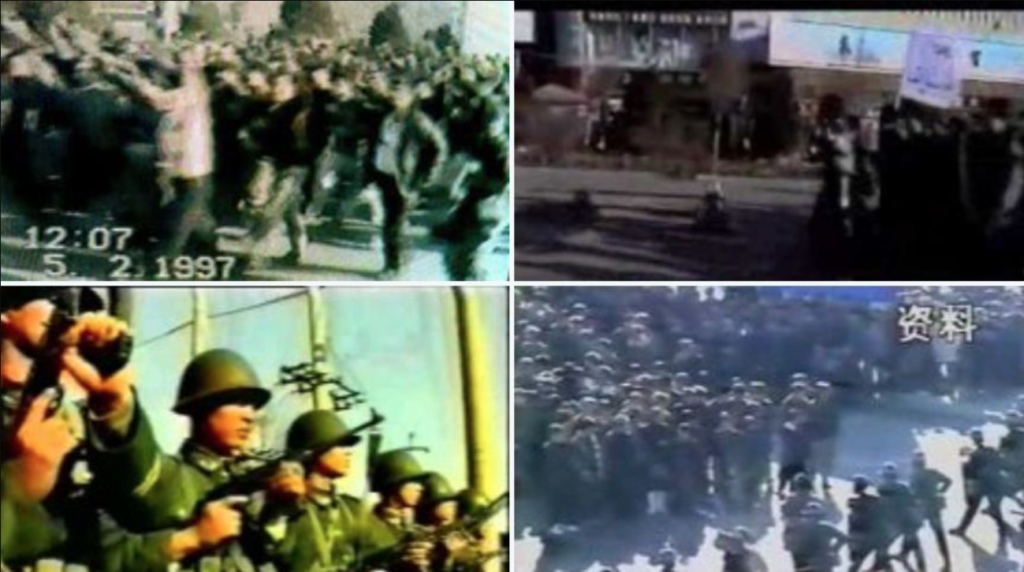On the 27th Anniversary of Ghulja Massacre, UHRP Reminds Governments of Their Obligations Under Genocide Convention

February 2, 2024, 2:00 p.m. EST
For Immediate Release
Contact: Omer Kanat +1 (202) 790-1795, Peter Irwin +1 (646) 906-7722
The Uyghur Human Rights Project (UHRP) commemorates the 27th anniversary of the Ghulja Massacre, and recalls the international community’s failures to heed early warning signs of forthcoming atrocities and its obligations to prevent and to punish the crime of genocide.
“What happened to the Uyghurs at Ghulja should become a lesson learned. It’s past time for activation of the Genocide Convention,” said UHRP Executive Director Omer Kanat.
On February 5, 1997, in the city of Ghulja, Chinese security forces opened fire on Uyghurs who were peacefully protesting a state crackdown on a burgeoning civil society movement. This movement was a grassroots effort to address social issues, as well as to encourage artistic performance and moral and religious principles through the Uyghur cultural practice of meshrep.
The initial violent crackdown was followed by mass arrests and abuse of hundreds of protestors, with the security forces detaining thousands in the subsequent weeks, and carrying out numerous executions in the following months.
Meshrep—an umbrella term for Uyghur community gatherings that typically include food, music, joking and storytelling, and an informal community court—was added to a UNESCO heritage list in 2010. UHRP’s 2023 report, The Complicity of Heritage: Cultural Heritage and Genocide in the Uyghur Region, examines the crackdown on Meshrep as well as other UNESCO-listed tangible and intangible heritage.
Grassroots community Meshrep gatherings have been designated by the Chinese authorities as criminal activities, Meshrep leaders and participants have been arbitrarily detained, and Uyghur communities which formerly nurtured Meshrep have been uprooted.
In commemorating the Ghulja massacre, we are reminded that China’s current policies are not a sudden turn but instead an escalation of a long history of violent suppression of Uyghur culture and any social organization outside of the control of the state. This instance of state violence targeting Uyghurs represented a clear and early indicator of the Chinese government’s dehumanization of the Uyghurs, a gradual process that has culminated in a genocide.
Atrocity-warning protocols should take account of the Chinese government’s policies, including the risk-factor lists developed by the U.S. Holocaust Memorial Museum, the U.S. Strategy to Anticipate, Prevent, and Respond to Atrocities, and others.
Read more:
The Ghulja Massacre of 1997 and the Face of Uyghur Genocide Today, by Zubayra Shamseden, February 2021
Living on the Margins: The Chinese State’s Demolition of Uyghur Communities, UHRP Report, April 2, 2012
Channel 4 UK: China’s Hidden War [exclusive video reporting on the Ghulja Massacre, 1997]
Amnesty International: Gross Violations of Human Rights in the Xinjiang Uyghur Autonomous Region, 1999 (pages 18-25)
